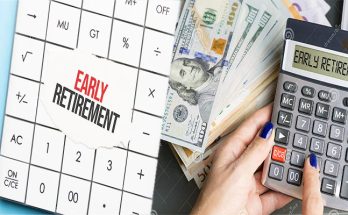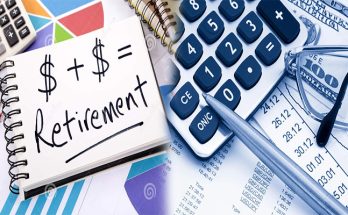Using an investment calculator can help you learn how to invest in the stock market. The calculator can show you how to invest based on a number of factors, including historical investment, dividend discount model and the default rate of return.
Dividend discount model calculator
Using the Dividend Discount Model Calculator, you can find out the real value of a company’s stock. It is a very useful tool to help you assess a company’s valuation. There are several different models you can use. Some models are better than others. The best model for you will depend on your needs.
The dividend discount model is a popular method to estimate the value of a company’s stock. It takes into account the cash flows a company produces, its dividend record, and other factors to determine the present value of a stock. The model calculates the present value of a stock by multiplying the future cash flows by a discount rate.
The model has a few limitations. It is based on the time value of money concept. This refers to the fact that a dollar earned today has more purchasing power than a dollar earned tomorrow. The model also ignores capital appreciation, which can fetch a higher return than dividends.
Historical investment calculator
Using a historical investment calculator can be a useful tool for investors. The calculator can calculate the amount of cash you would have received if you had invested in a particular stock, commodity or mutual fund.
The calculator will also calculate the rate of return on your investment. The rate of return can be calculated using the historical data, or using the latest forecasts.
The calculator will also allow you to compare the rate of return for different asset classes. You will also be able to compare the nominal and inflation-adjusted returns. The calculator will also show you how the market has changed over the years.
This calculator uses data from the United States Consumer Price Index to show you how much your investment would have changed in inflation-adjusted dollars. It also measures the All Ordinaries Accumulation Index to see how much your investment has grown over a period of time.
The calculator is easy to use. Simply input the correct values for each variable. You will then be able to view the results in a chart. Hover over a data point to view its significance.
Discounted cash flow calculator
Using a discounted cash flow calculator is a useful tool for assessing whether an investment is profitable. The calculator takes into account the present value of future cash flows and estimates the value of an investment.
The calculation takes into account the initial investment, the future growth rate of the investment, and the discount rate. The discount rate is a percentage of the expected return. The rate is calculated based on the assumptions that the company will expand, and the amount of cash it will generate over time.
The formula is simple: The net present value of the investment is the initial investment minus the discounted cash flow. The discounted cash flow equals the weighted average cost of capital (WACC). The WACC is the return an investor is required to make for investing in the business.
If you plan to buy stocks, the discounted cash flow formula is a helpful tool. It gives you accurate figures. However, it’s not a quick and easy process.
Default rate of return
Using an investment calculator, you can see how the value of your investment changes. You can also find the rate of return that you can expect for your investment. In addition, you can calculate the value of your investment at the end of your loan period. It is a very simple process and it will help you to make an educated decision when it comes to making an investment.
In order to find the rate of return you expect to receive, you must choose an expected annual return rate. For example, you can calculate the annual return rate on US large-cap stocks, which averaged 9.8% over the past year. In addition, you can calculate the rate of return on US 10-year Treasury bonds, which are backed by the United States government. The lower of these two returns is used as the default rate for your investment.





